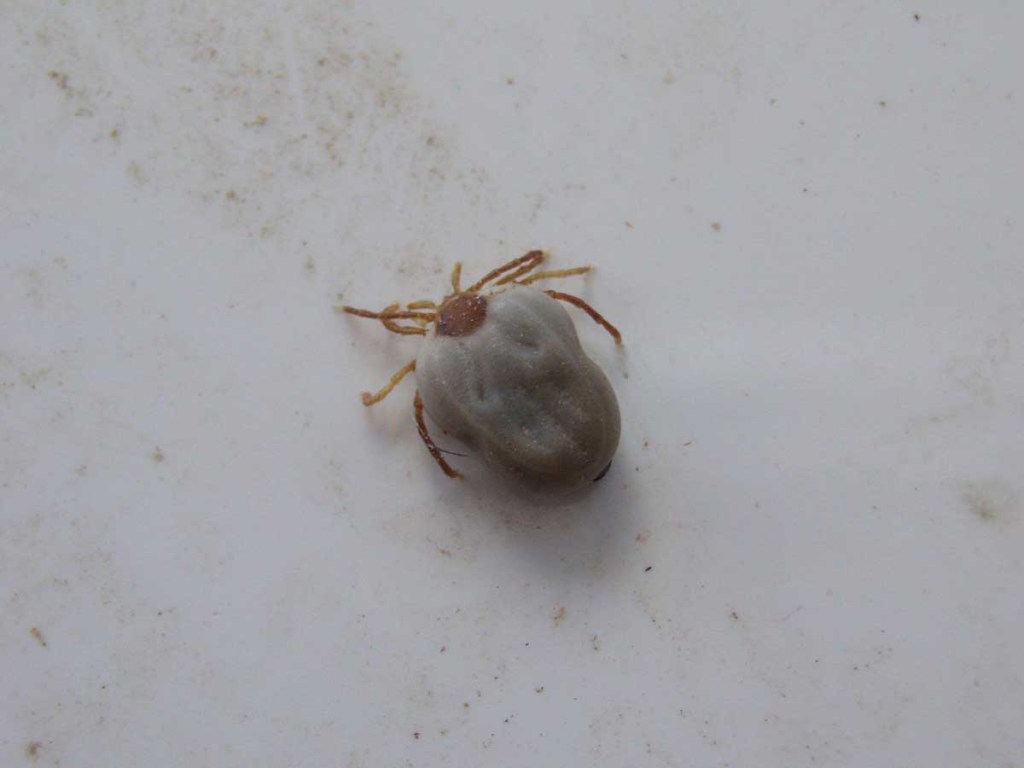With tick-spread illness on rise, New York officials expand fight against tiny insect
Published 7:15 am Wednesday, August 30, 2017

- tick
ALBANY — State Health Department officials assured lawmakers Tuesday that they are expanding their efforts across New York to zero in on ticks — the bloodthirsty insects that spread Lyme disease and other illnesses.
The state health commissioner, Dr. Howard Zucker, said that while the propensity of ticks to spread disease was first noticed on Long Island and the Hudson Valley several decades ago, Lyme disease, one of the most significant illnesses linked to the insect, “is now found all over the state.”
But Lyme is by no means the only worrisome illness.
One reason for the Health Department’s heightened concern regarding tick-borne illnesses is the three cases of Powassan virus reported in Saratoga County this year. One of those who had been bitten, a 74-year-old man, died as a result.
The disease is named after the town of Powassan, Ontario, Canada, where a young boy who became infected died from it. It is quite rare, but can cause swelling of the brain (encephalitis) and in the membranes around the brain and spinal cord (meningitis). There is no vaccine or antiviral medication for it.
Those incidents, Zucker told members of the Senate’s Lyme disease task force, led his agency to increase testing of ticks in that area. Twenty-two of some 2,700 insects sampled were found to be carrying Powassan.
The ticks that had the virus came from five locations — the Saratoga Spa State Park, the 100 Acre Woods Trail in Malta, the Saratoga National Historical Park in Stillwater and a private residence at an undisclosed location, he revealed.
“The enhanced surveillance,” Zucker vowed, “will continue in the fall with collection of adult ticks from many of these same sites, as well as collection and testing of blood from hunter-killed deer, for previous exposure to Powassan.”
The much more common Lyme disease is spread by the black-legged tick, or deer tick as it is at times known, which Zucker said has increased in number in the Adirondacks and regions west of Syracuse.
Lyme, he noted, is among nine tick-borne diseases that have been documented in New York since the 1970s, when the first illness associated with tick bites, Rocky Mountain Spotted Fever, was confirmed.
The commissioner cautioned that while there is evidence that black-legged ticks are decreasing on Long Island, the lone-star tick has been “rapidly increasing” there and it “remains to be seen” if that same pattern will play out in other regions of New York.
The lone star tick, Zucker said, is associated with an increase in tick bites that cause ehrlichiosis, a bacterial illness that causes flu-like symptoms. Lone star tick bites are also the suspected culprit in allergies to red meat.
Tick bites are responsible for about 9,000 illnesses reported each year in New York, about 8,000 of them being for Lyme disease, the commissioner said.
“There are undoubtedly many more cases, particularly of Lyme disease, that are treated by community physicians and not reported, or do not meet the case definition,” he added.
His aides said the agency has not completed coming up with a county-by-county listing of total numbers of cases for 2016.
Among those who voiced concern with the state’s approach to combatting ticks was Holly Ahern, an associate professor at the State University Adirondack campus and the mother of a young woman who contracted Lyme following a tick bite.
She noted her daughter’s infection initially went untreated because the tick had only been attached for less than 12 hours while it is “prevailing medical wisdom” that the insects must be in nymph-stage and be attached for much longer periods to spread the bacteria.
The illness, Ahern said, interrupted her daughter’s education after she experienced a variety of pains and other symptoms.
“She went to bed and didn’t get up to return to her normal life for almost a year,” the mother said. “In between, we traveled a long road from doctor to doctor, trying to get an accurate diagnosis, find an effective treatment, all the while fighting with our insurance company to cover any of it. It was a nightmare no one should have to experience.”
Ahern told reporters that while part of Zucker’s testimony was “encouraging,” the state’s stance is mired in “the same dogmatic approach we’ve been suffering with since 1979.” But she said she was pleased that Health Department officials appeared open to the notion that Lyme disease is a chronic condition.
Sen. Betty Little, R-Queensbury, suggested the Health Department do more to improve the reliability of Lyme disease testing.
She also said: “I would like to see TV ads that try to educate people a little bit better about ticks and what to watch for.”
Zucker assured the senator that raising public awareness is one of the department’s prime strategies in protecting people from tick-borne diseases.
The director of infectious disease research for his agency, Dr. Ronald Limberger, argued the state’s ability to test for tick-borne disease is top-notch, suggesting no other state does a better job than New York.
One task force member, Sen. John Bonacic, R-Orange County, whose district includes several towns in Delaware County, suggested in an interview that greater emphasis should be placed on eradicating ticks.
“If there is a product that we can use to kill ticks, we should be looking into it — at the inception, not the back end,” Bonacic said.
Joe Mahoney covers the New York Statehouse for CNHI’s newspapers and websites. Reach him at jmahoney@cnhi.com.





